Power and Internet outages force Ukrainians to look for additional ways to stay connected. And if the wired Internet often disappears when the lights are turned off, the mobile one lasts longer, because the operators’ base stations usually have backup power sources.
Thus, 4G (LTE) Internet can be considered as a backup access channel to the World Wide Web, which can be implemented in three ways: turn a smartphone into an access point, use a router with an LTE modem, or mobile router. Either can provide the backup connection you need, but a smartphone in modem mode heats up more, drains faster, and has smaller antennas to ensure better communication with the base station.
So it makes sense to consider specialized devices such as LTE modem routers and mobile routers. The former do not have a built-in battery, but can be used with external power sources, while the latter have a built-in battery, which allows you to easily use them even on the road.
In addition, one of the most important parameters when choosing a 4G router is the LTE category. Therefore, it is worth understanding what categories exist and what speed they provide. Below are the main specifications of 4G modems.
| LTE Category | Download speed, Mb/s | Transmission speed, Mb/s | MU-MIMO configuration | Modulation type |
| Cat. 4 | Up to 150 Mb/s | Up to 50 Mb/s | 2×2 | 64QAM |
| Cat. 6 | Up to 300 Mb/s | Up to 50 Mb/s | 2×2, 4×4 | 64QAM |
| Cat. 12 | Up to 600 Mb/s | Up to 100 Mb/s | 2×2, 4×4 | 256QAM |
| Cat. 18 | Up to 1200 Mb/s | Up to 200 Mb/s | 2×2, 4×4, 8×8 | 256QAM |
Of course, real speeds may be lower, because they depend on the quality of coverage, loads on the base station, etc. However, even in such conditions, you can get speeds close to the usual wired Internet, and all this with the help of one SIM card.
The Zyxel company has a very wide range of mobile routers, so let’s use their example to understand what models with different LTE categories can offer.
Zyxel WAH7601 is a compact router with LTE Cat.4 support, equipped with Wi-Fi module with a speed of up to 300 Mb/s in the 2.4 GHz range. Despite its small size, it has a 2000 mAh battery and can withstand up to 10 simultaneous connections. The router has a Micro USB connector and can be powered by a power bank!
Zyxel LTE2566-M634 is an older model, supports LTE Cat. 6 with channel aggregation, which directly affects the maximum speed of the LTE module, which here is up to 300 Mb/s. Also, this pocket router has dual-band Wi-Fi, a large 3000 mAh battery, an informative LED screen and supports up to 32 simultaneous users. This router also has a Micro USB power connector and can be powered from a power bank!
Built-in rechargeable battery, the ability to connect a sufficiently large number of subscribers, power from a pocket power bank – all this makes these models ideal for mobile Internet on the go.
It is also worth considering the capabilities of routers with an LTE modem, which can be used at home or in the office for fixed Internet, switch to 4G from mobile operators. And the first in line is Zyxel LTE3202-M437. This router is equipped with internal antennas, supports LTE Cat. 4, has a maximum Wi-Fi speed of up to 300 Mb/s in the 2.4 GHz band and RJ-45 ports with a bandwidth of up to 100 Mb/s. You can connect a TV or PC and several devices via Wi-Fi – a great solution for private households, and most importantly – affordable.
Zyxel LTE3301 PLUS NEBULA can be used not only as a home router, but also as a business solution. It supports LTE cat. 6, which provides a speed of up to 300 Mb/s per reception, has gigabit ports and powerful external antennas for strengthening the 4G signal. A dual-band Wi-Fi module with a total speed of up to 1200 Mb/s is responsible for interaction with wireless clients. The router has its own interface for configuration, but its main feature is the ability to manage it through the Nebula cloud system.
Using the Zyxel Nebula cloud management system, you can access your router settings from any corner of the planet. With high port speeds, LTE and Wi-Fi, as well as the possibility of redundancy between LTE and Ethernet WAN will be an interesting solution for small businesses. It can be used as a regular router with LTE, or as a backup channel.
And finally, the top model from Zyxel – LTE7490-M904. This is an outdoor 4G router with powerful internal antennas, protection against dust and moisture according to the IP68 standard, protection against thunderstorms and lightning, with an operating mode at temperatures from -40 to +60 C. In addition, it has an LTE module speed of up to 1200 Mb/s, simple management through the Zyxel Air app and a whole set of functions to protect the internal data network. Thanks to a wide range of protection types and functionality, the Zyxel LTE7490-M904 can be used anywhere – out-of-town hotels, households, within the city and at enterprises.
You should also pay attention to one of the LTE devices from the company MikroTik, which differs in specific capabilities and scope of application. It is about Mikrotik SXT LTE6 kit which is a router with a Cat.6 LTE module designed to work in remote locations from the cell tower. Thanks to a powerful antenna with a gain of 9 dBi and two Ethernet ports, the MikroTik SXT will be able to receive the signal from the base station and provide the Internet to other devices in your network. Support for LTE Cat. 6 enables the Mikrotik SXT LTE6 kit to use several bands at the same time, which increases the speed, especially with high load on the cell tower. Another feature is the PoE-out function on one of the ports, that is, the Mikrotik SXT LTE6 kit can provide power to one more device.
***
Today there are more and more situations where LTE solutions can come in handy. Unfortunately, it’s not just about vacationing outside the city limits, as the devices listed in this article can work in difficult weather conditions, provide communication to households far from towers and wired Internet providers, keep businesses in working order, using LTE as a backup channel. In addition, the speeds offered by modern LTE routers will also be able to satisfy most users, especially considering the pace of development of mobile Internet devices and technologies.


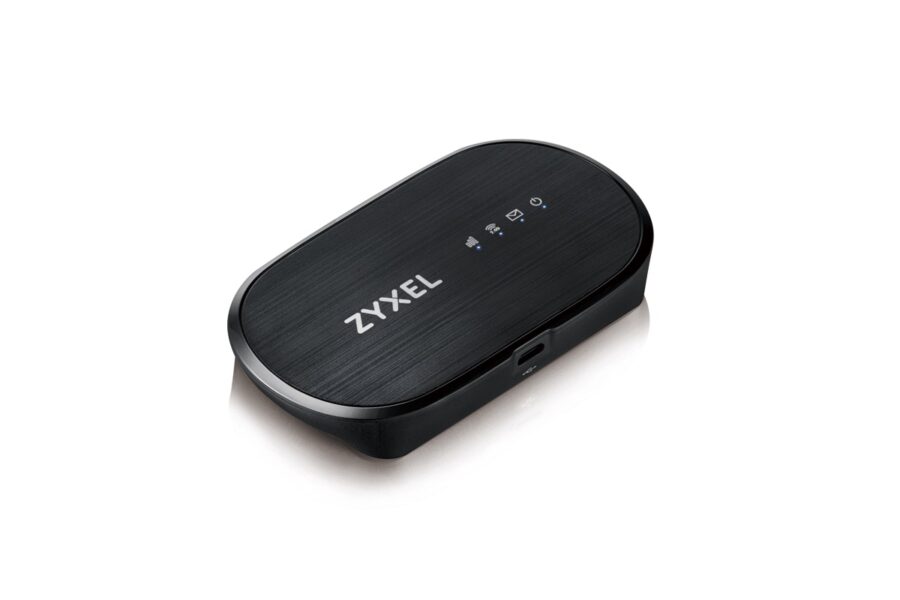
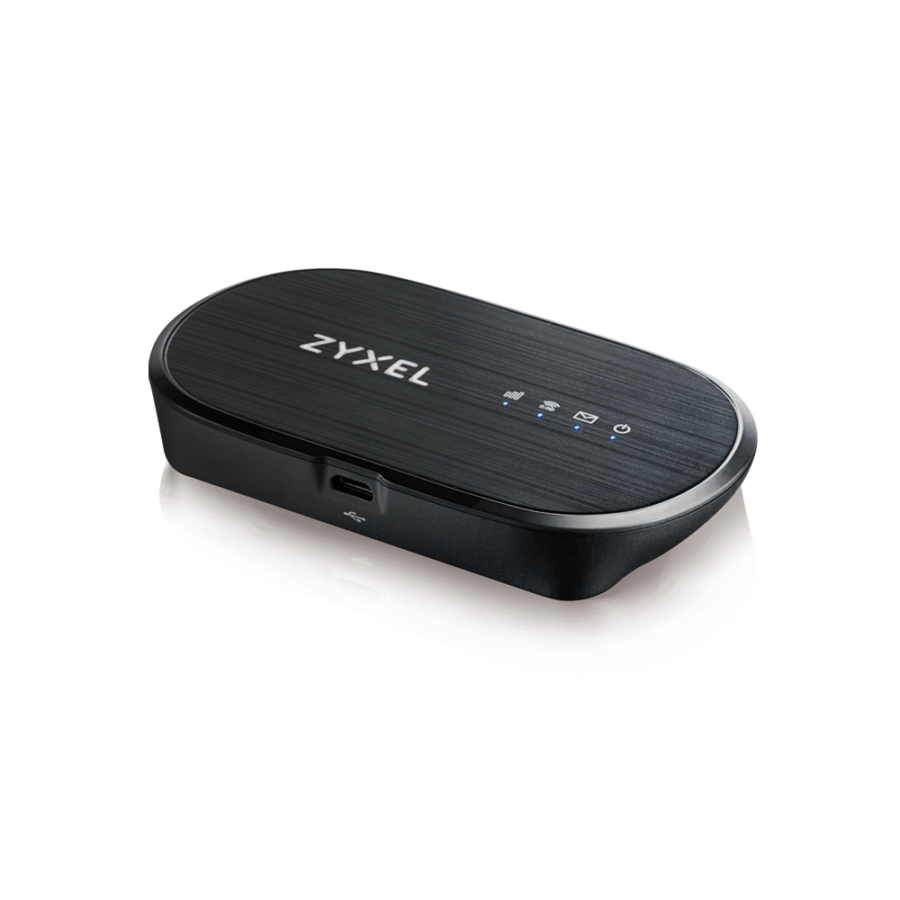
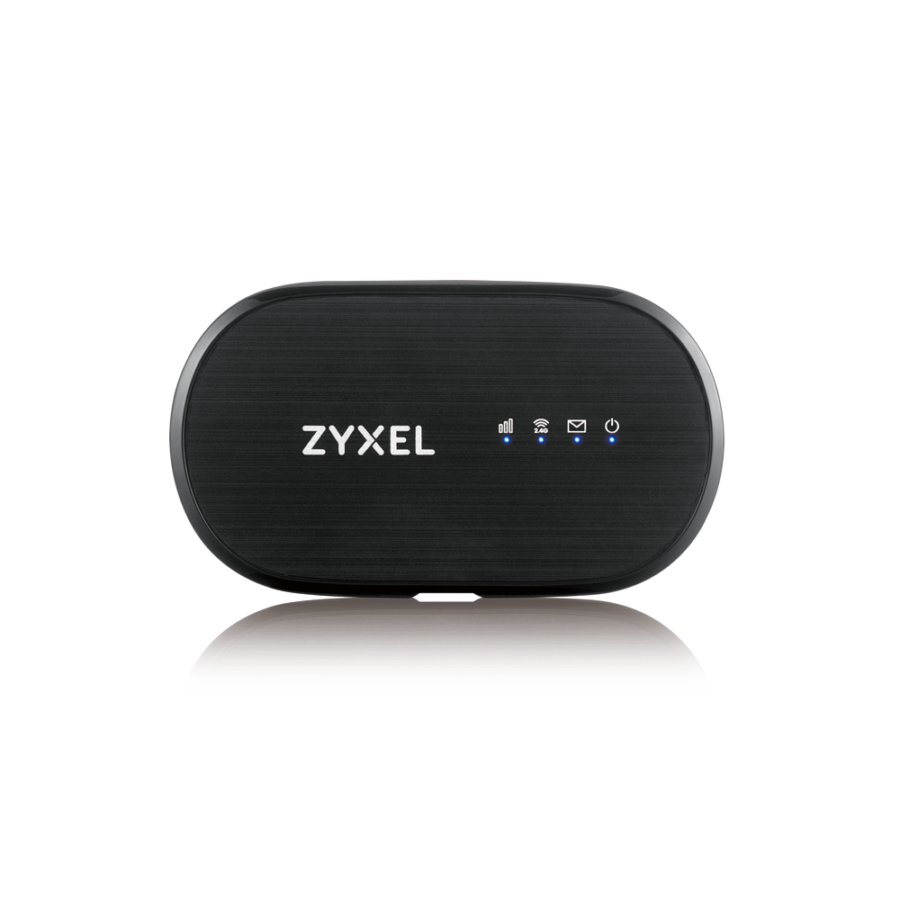
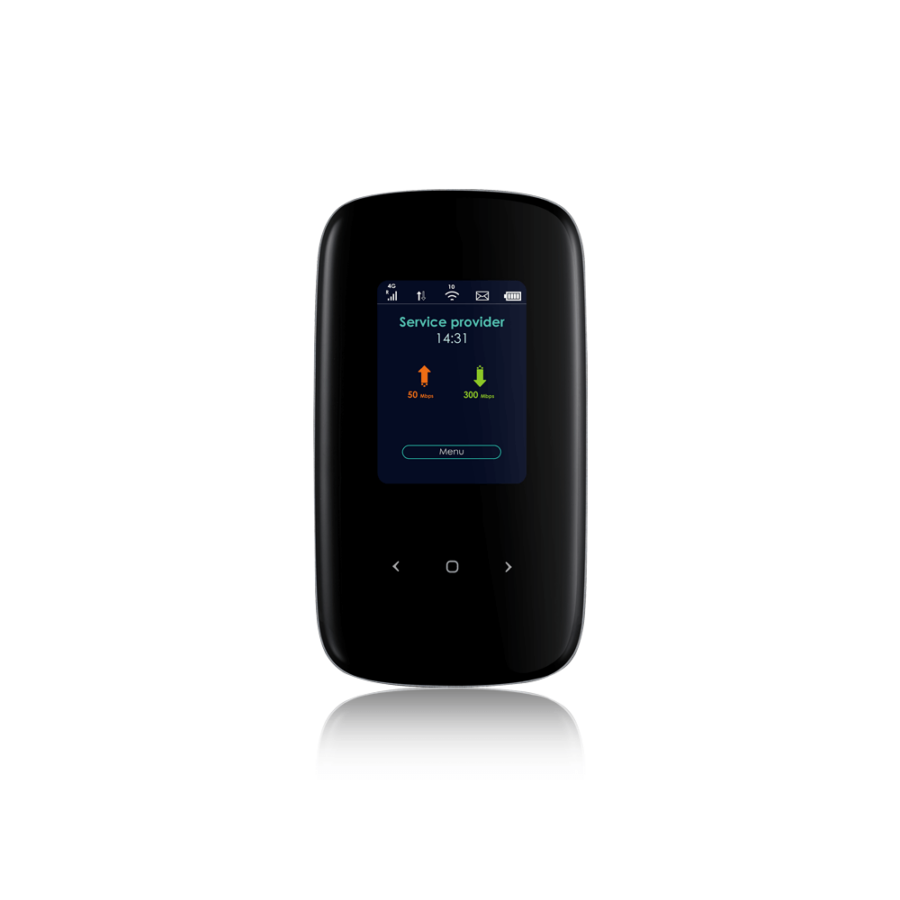

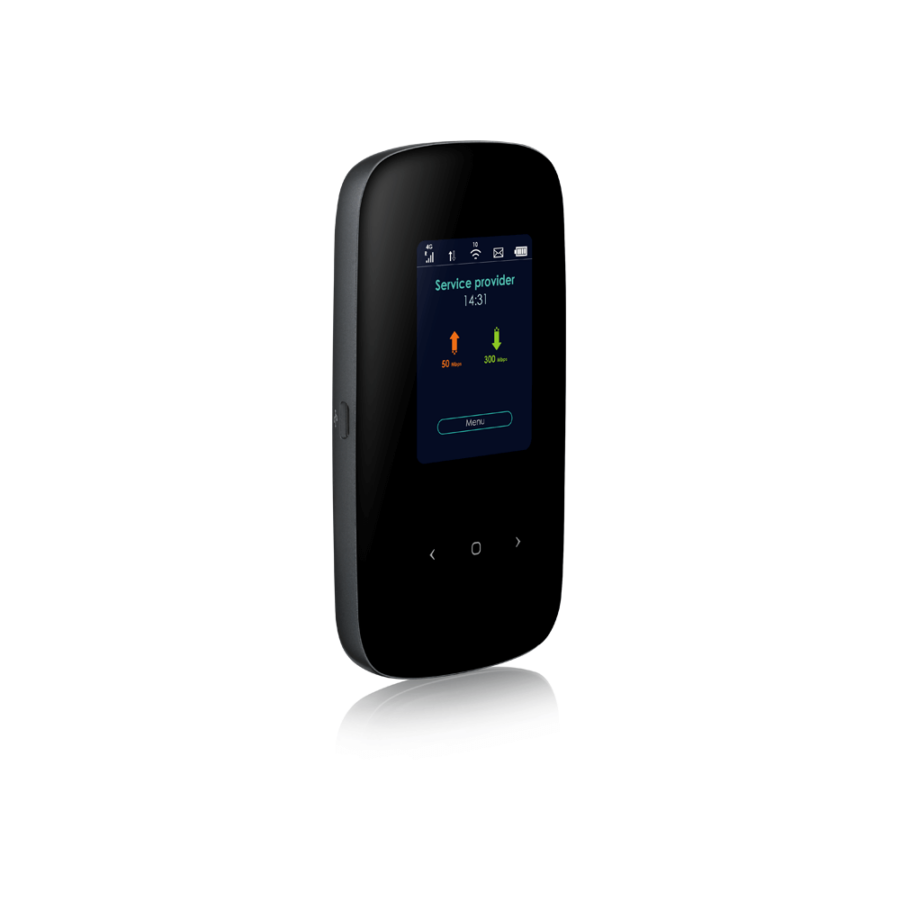
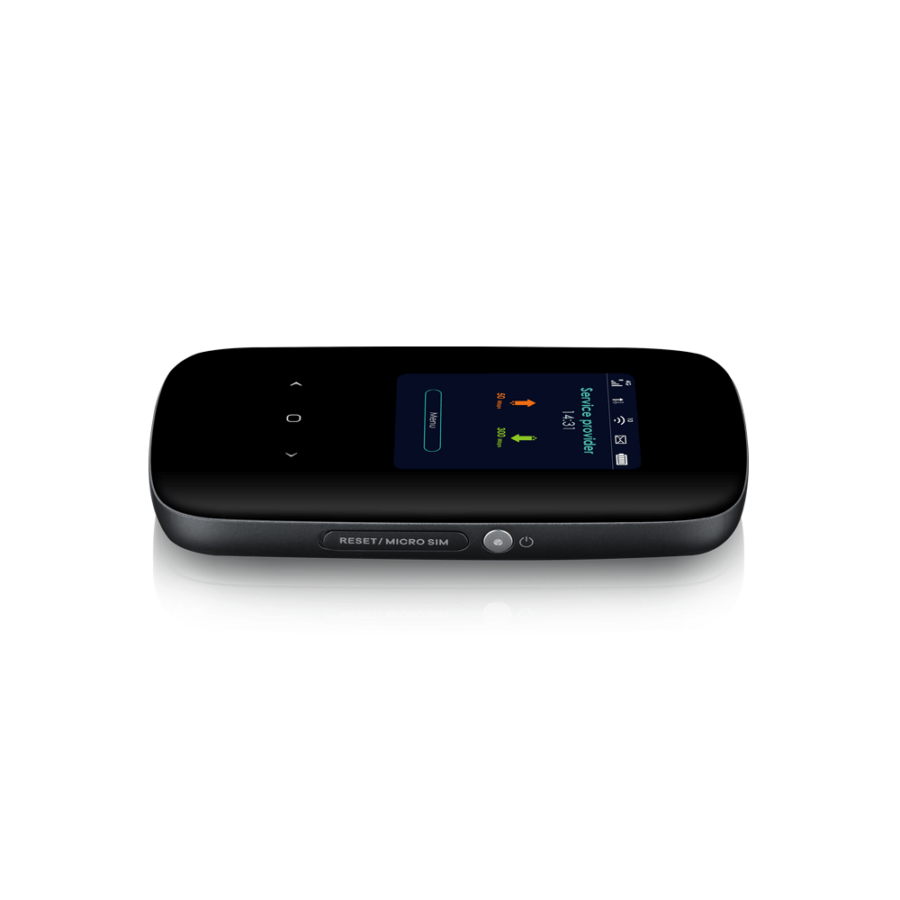
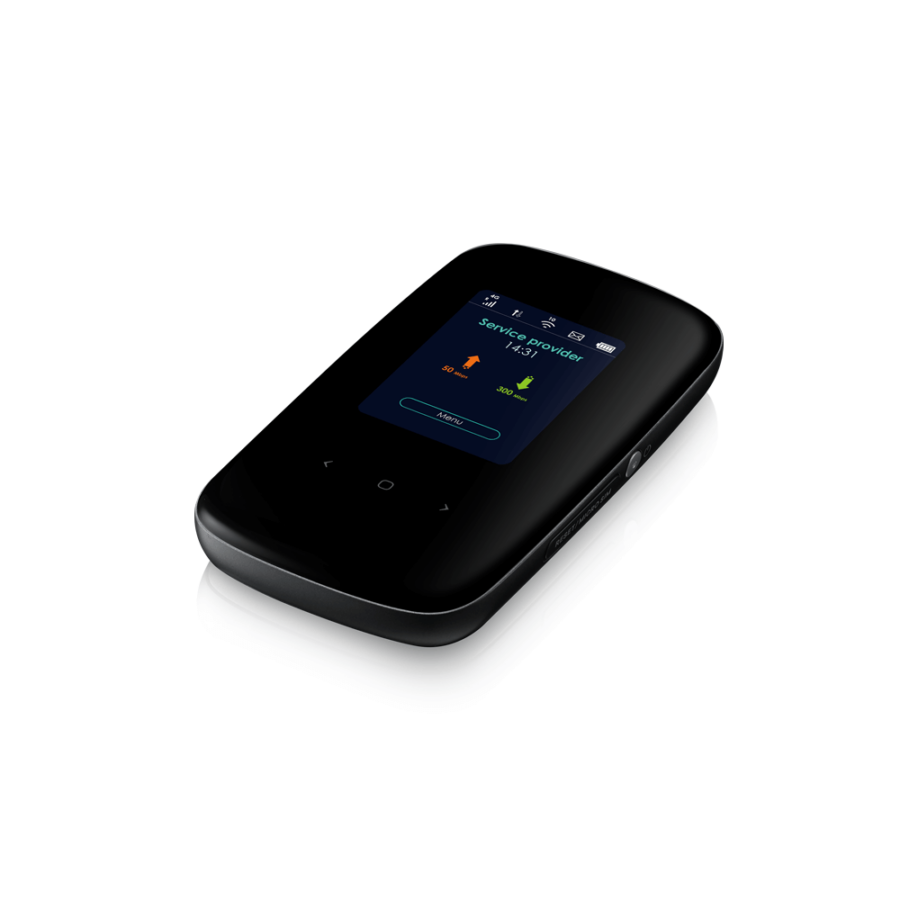
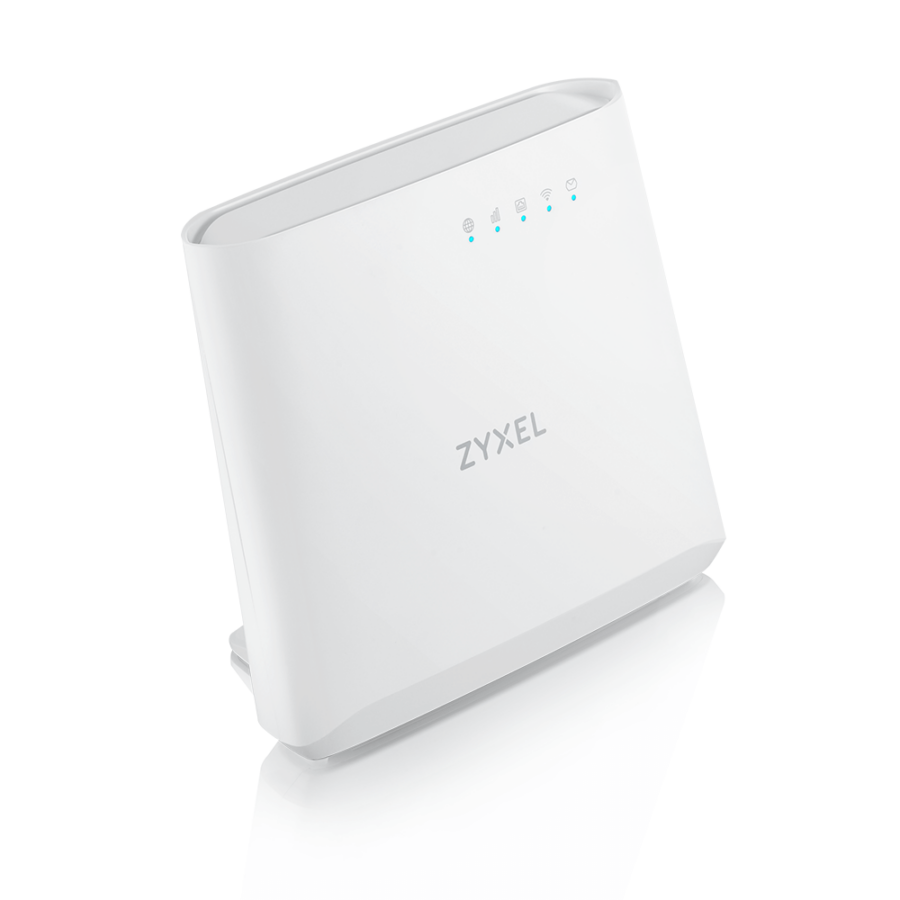
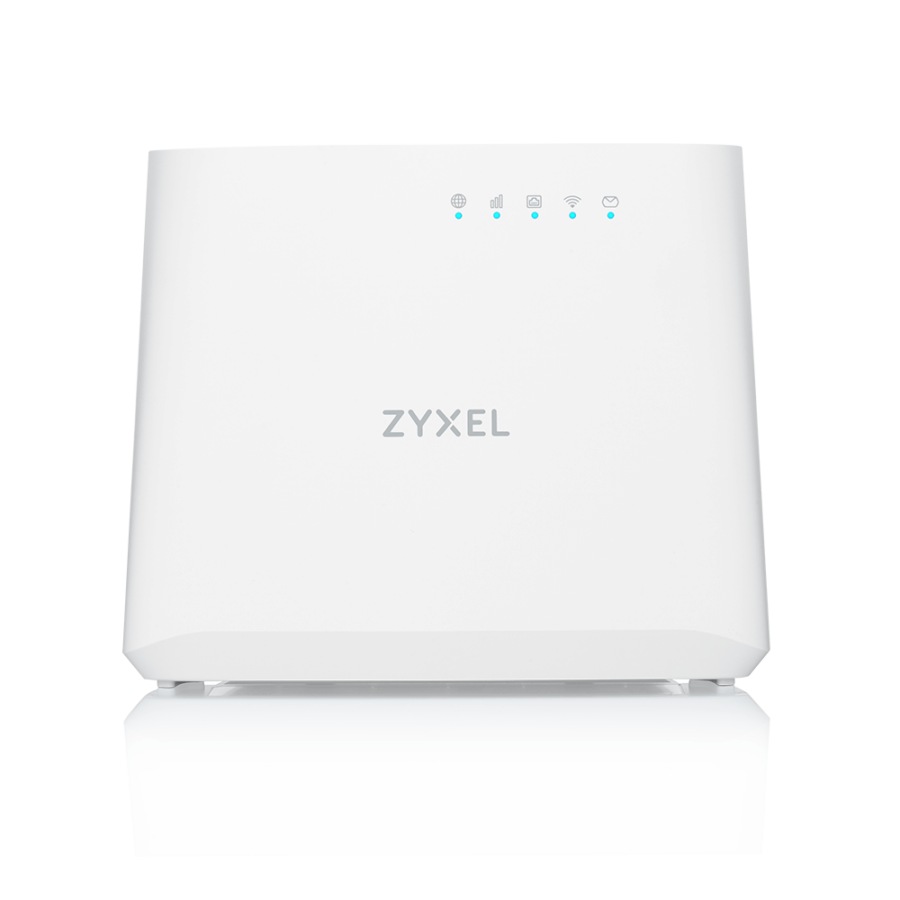
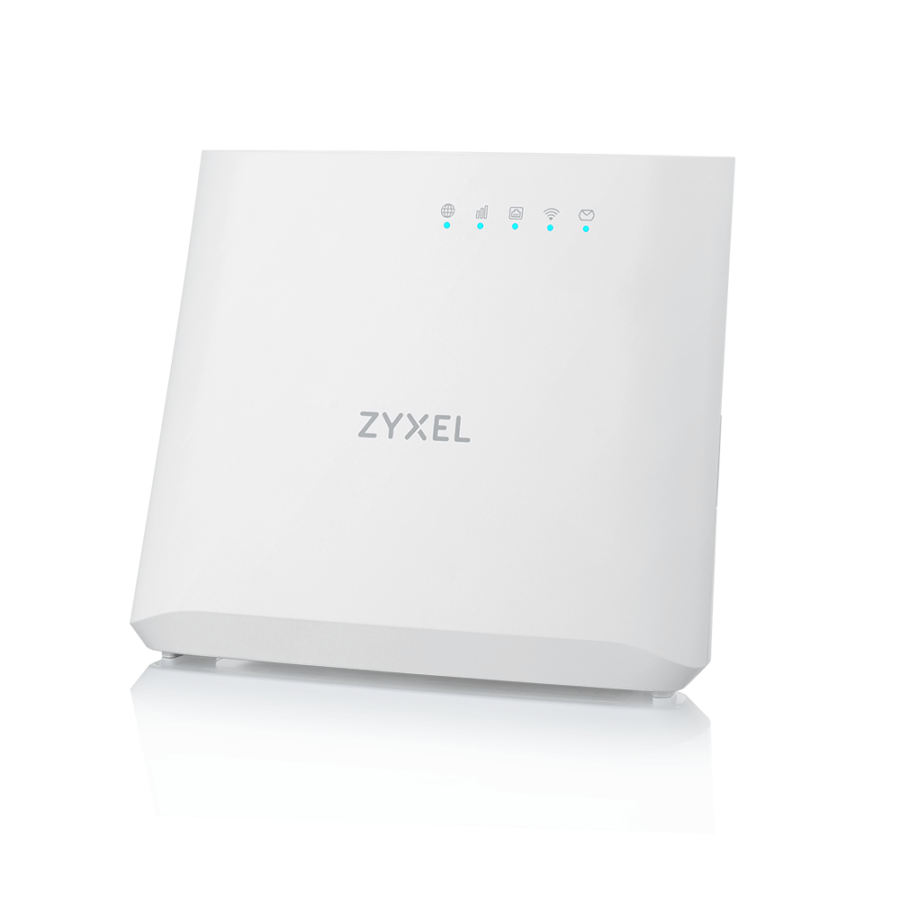
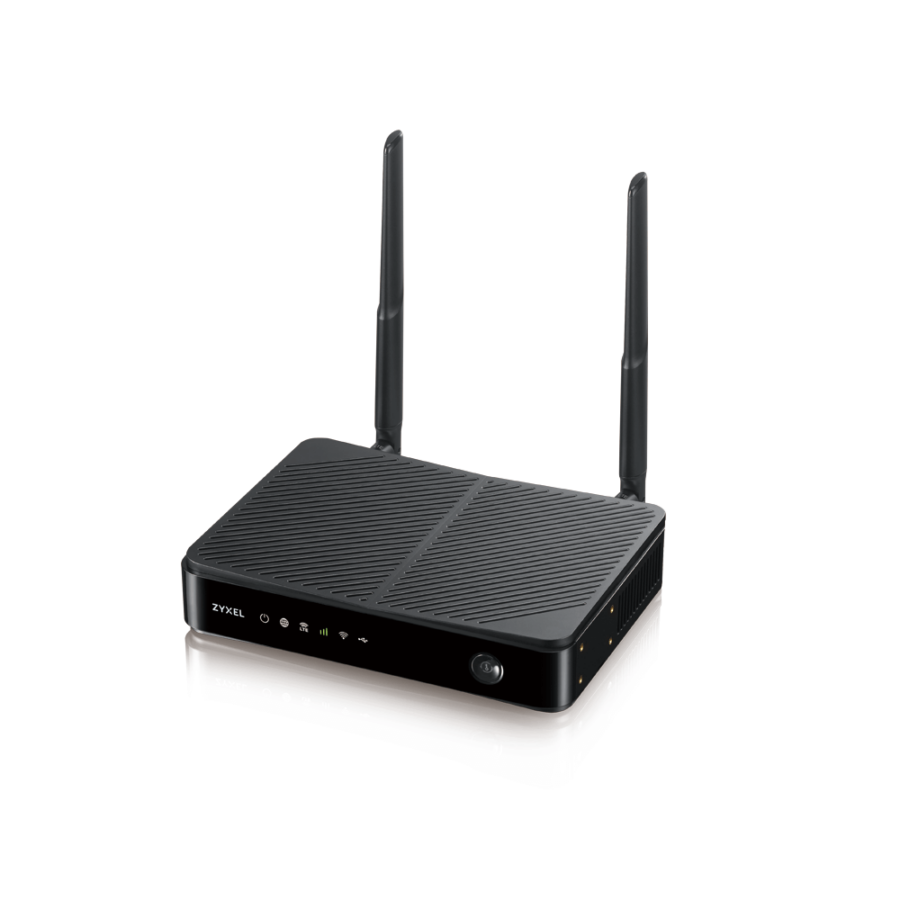
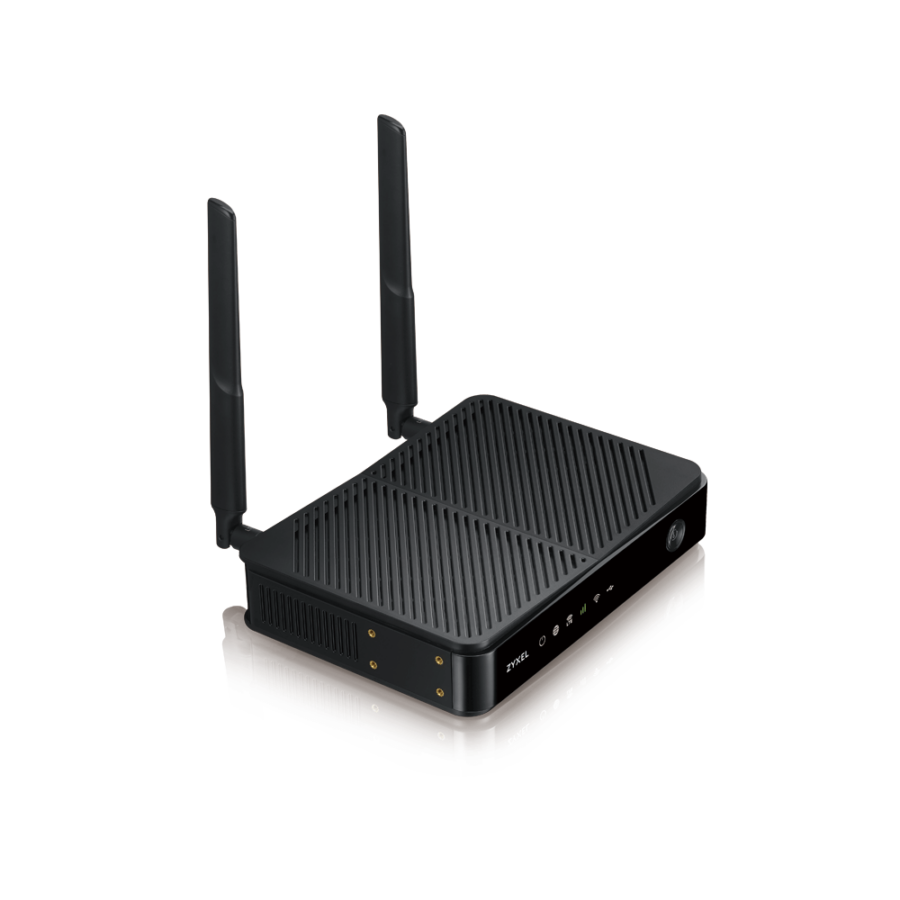
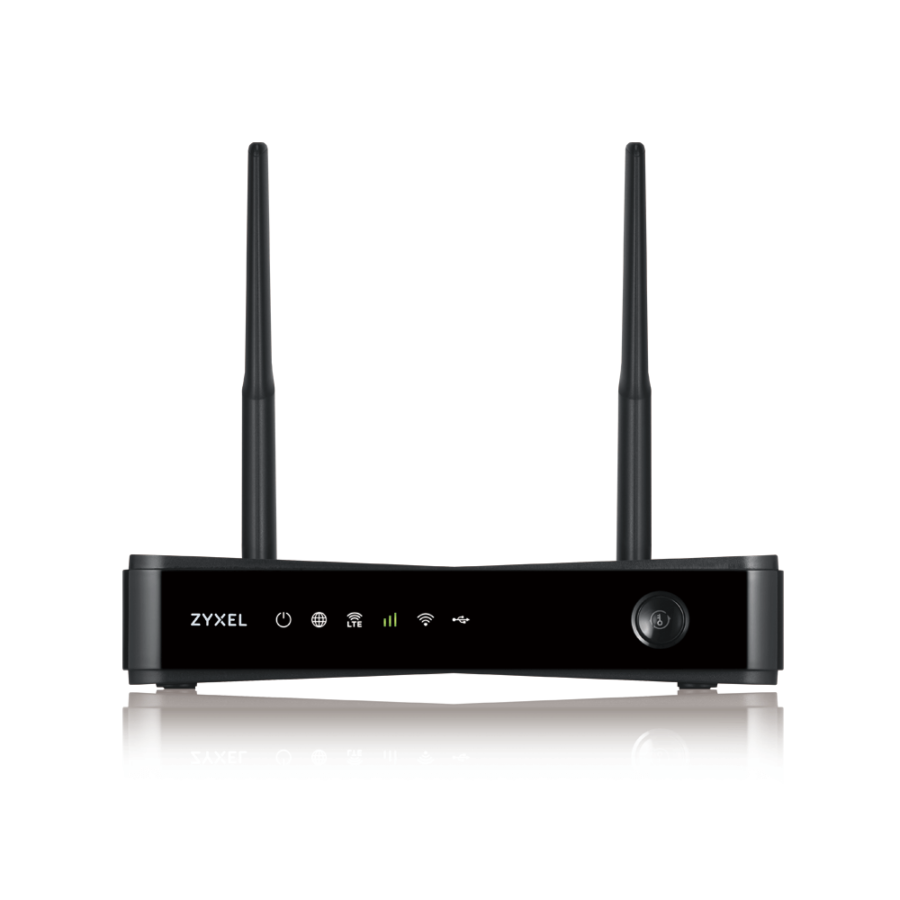
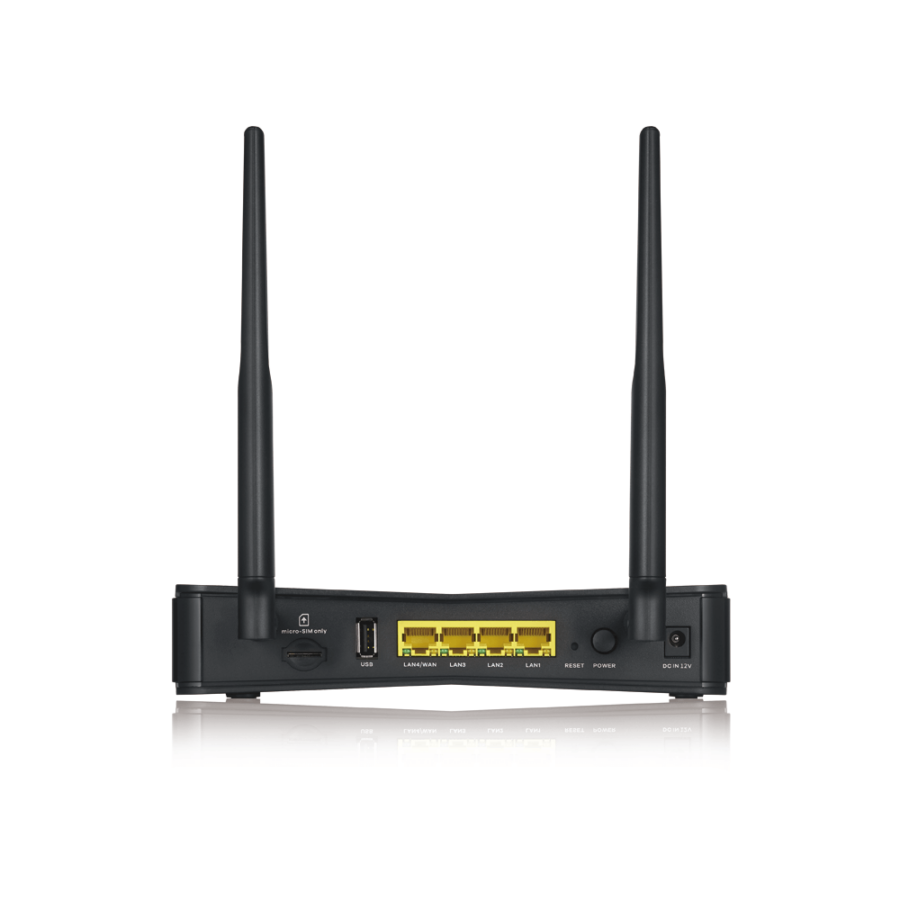
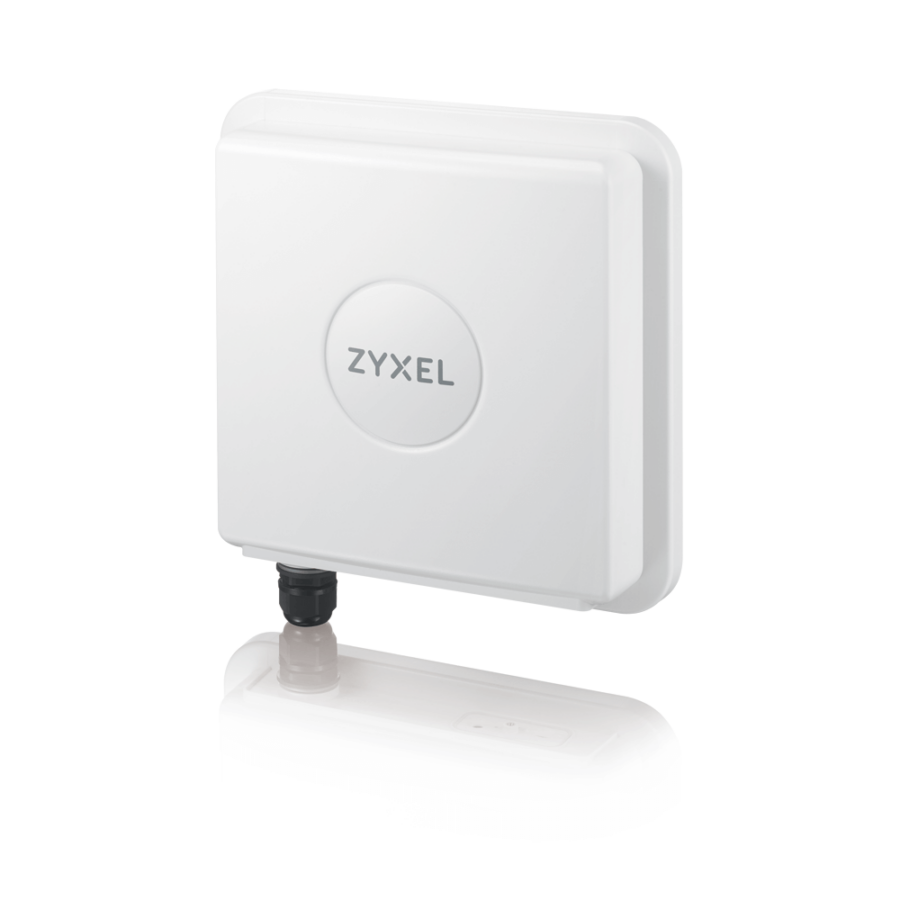
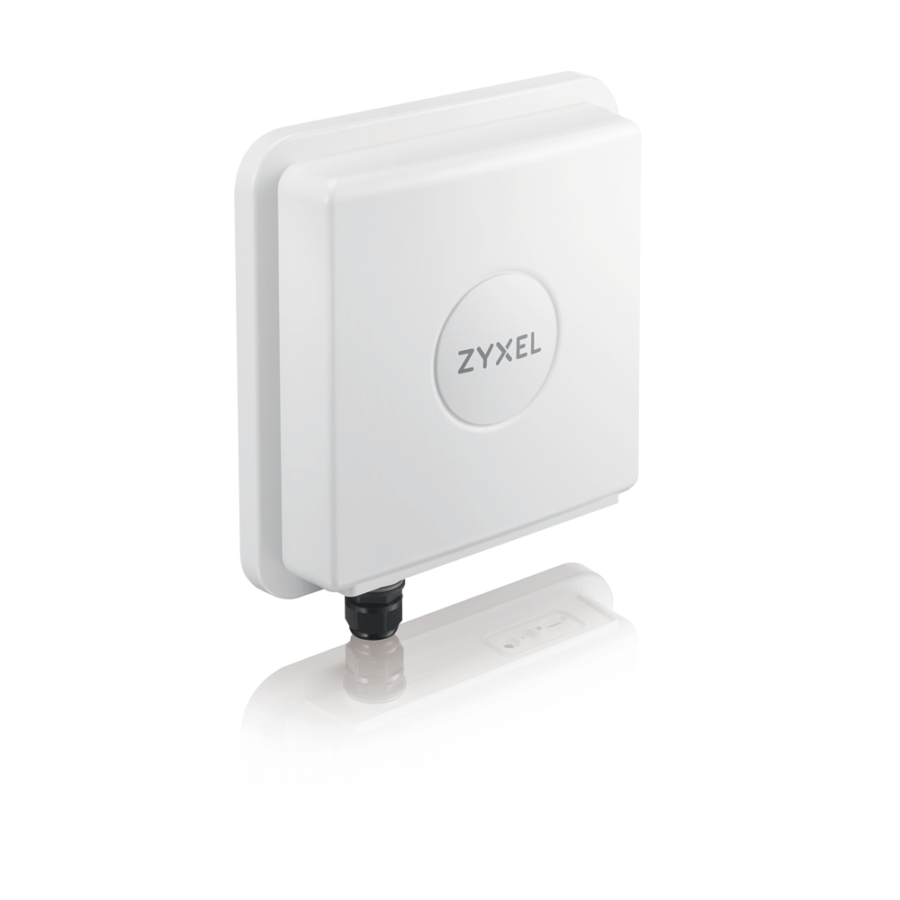
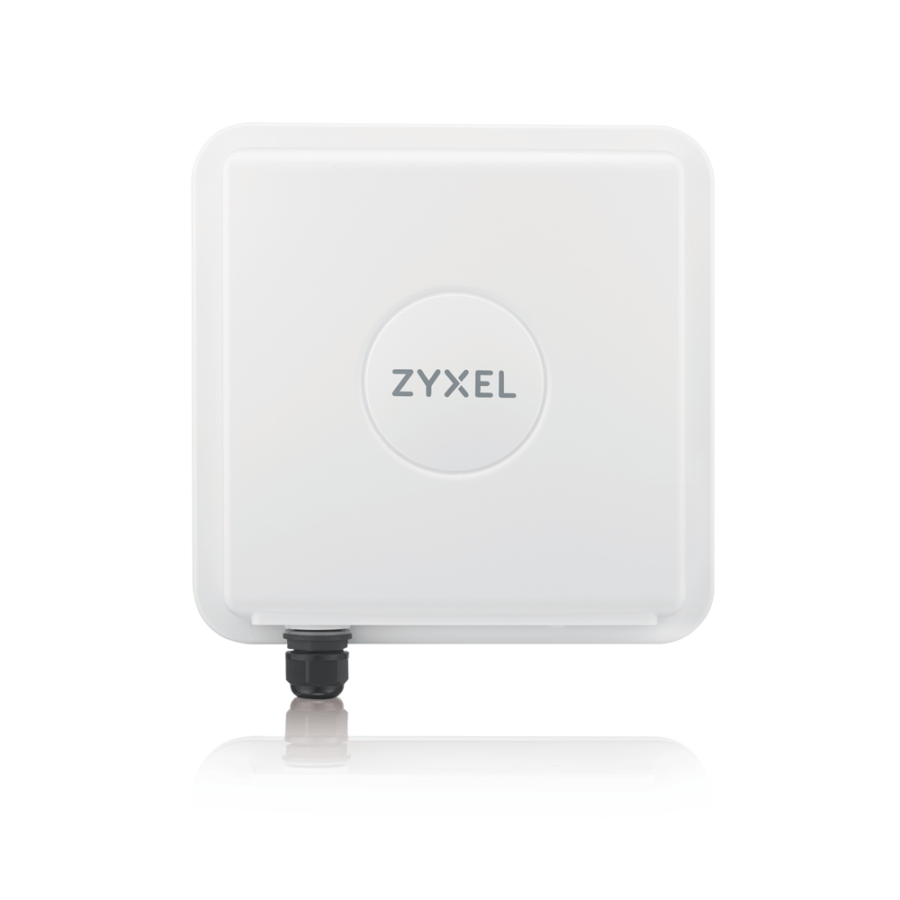
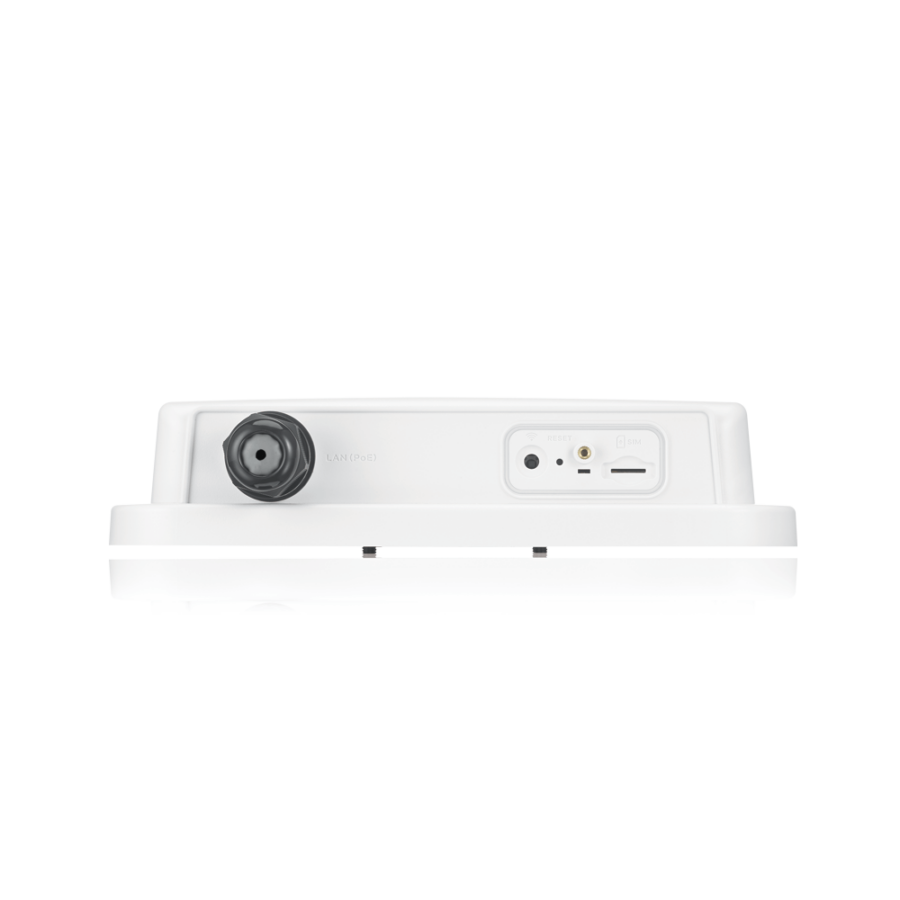
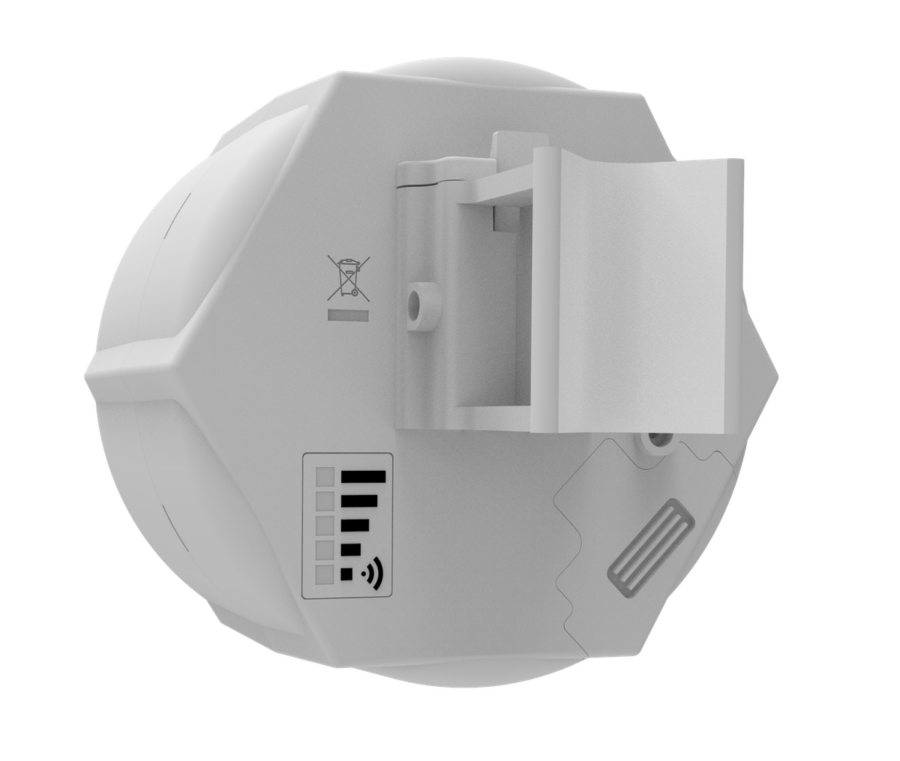
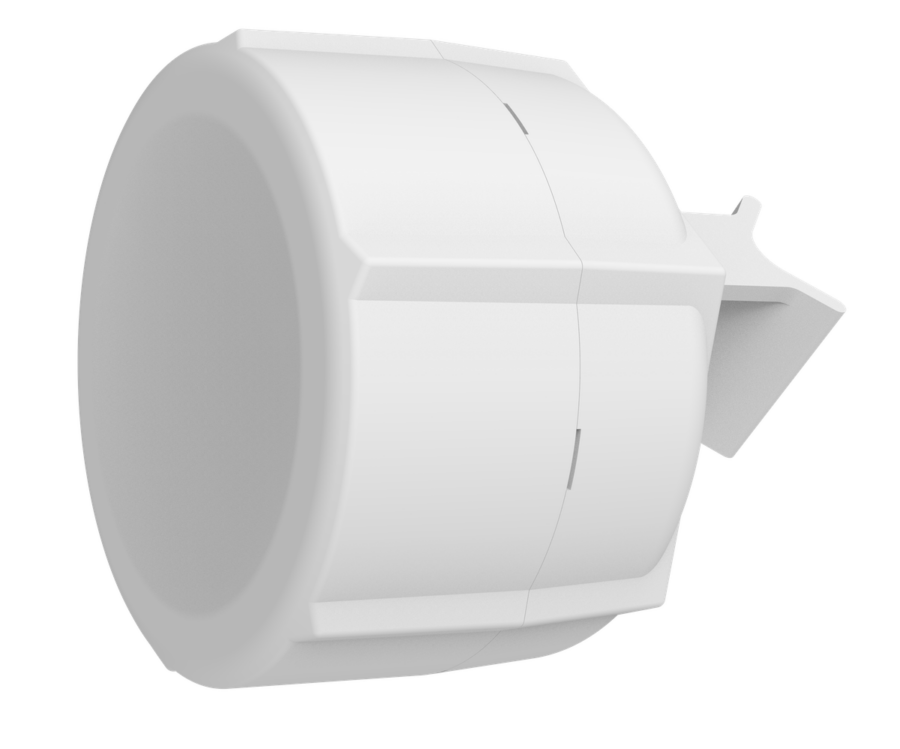
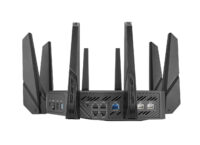
Loading comments …